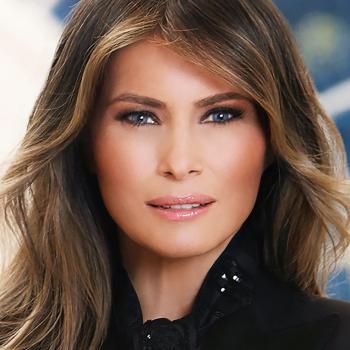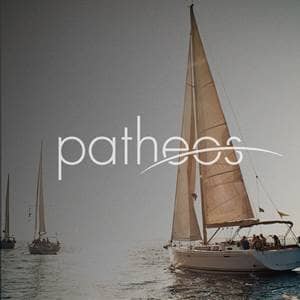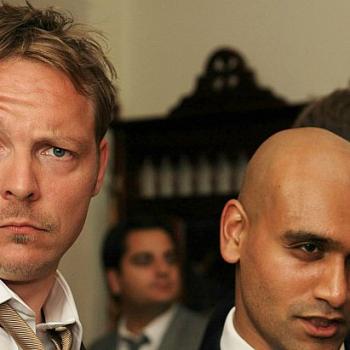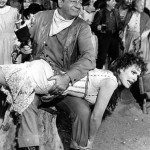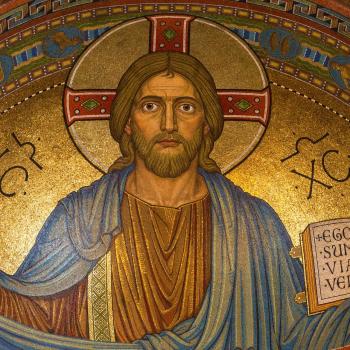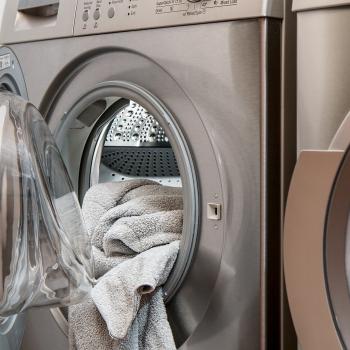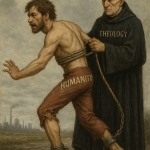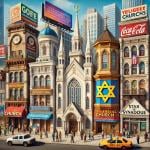Have you heard about the Florida school board that just added an opening prayer to its meetings, after not having had one previously? Yep, that happened. And I have thoughts.
I wrote about prayer at school board meetings a few months ago. I had just attended a local school board meeting when I read a news article about a court fight in another state over opening school board meetings with prayer. I was momentarily confused, because it took me a moment, cycling in my head through the school board meeting I’d just attended, trying to figure out where prayer would even make sense at such a meeting.
The point I made was simply this: not having an opening prayer at a school board meeting does not stick out. So often, proponents of prayer act as if its absence is a statement, when in fact its absence is so mundane that I did not even notice it. The counter to this, of course, is that if you’ve always had prayer opening these meetings, suddenly not having prayer will stick out, and feel like a statement.
It comes down to tradition. And that, perhaps, is why I found the situation in Flagler County, Florida, so interesting.
At the Flagler County School Board Tuesday evening Janet McDonald, the board chair, called the meeting to order, as was noted on the agenda. The Flagler Palm Coast High School Junior ROTC presented the colors, as was noted on the agenda. The National Anthem followed, as was noted on the agenda.
As a quick side note, the school board meeting described here is already very different from my local school board meetings. At our meetings, there is no presenting of colors, and no national anthem. Our meetings are long enough, without an elaborate opening ceremony!
Anyway, here’s what happened next:
Then Jeanine Clontz, a pastor at Flagler Beach United Methodist Church, took the mike and said: “Will you bow in prayer with me”–not a request so much as a command.
That was not on the agenda.
“Gracious and loving God, we call on you to surround all of our schools here locally and around the nation with your protection,” the pastor said, going on to pray for protection from acts of violence and bullying, with words for educators to be “filled with grace,” before she told the audience, as at a service: “You may be seated.”
There were more than a few double-takes in the commission meeting room. There hasn’t been a prayer at a school board meeting since at least as far back as 1973, when board members abandoned what had been an off-and-on custom going back to 1917–more off than on, according to a cursory review of minutes through the decades–of having one of their own say a prayer to start meetings.
In other words, opening the meeting with prayer was new—it wasn’t about tradition. It was the opposite. The school board’s 50-year tradition was to not have prayer.
Interestingly, the word “tradition” did come up:
[School board member Andy] Dance did bring up the matter almost two hours later in the same meeting, describing himself as still “a little confused as to the opening of today’s meeting.” He asked McDonald if this was just for that meeting, or if she had other intentions.
McDonald reiterated what she’d said at the beginning of the meeting, when she said that the pastor was “starting off a new tradition, I hope, to include the members of our faith communities and our support communities out there.”
Well then.
For the record, the debate over school prayer in settings like this shouldn’t be about tradition, or about whether the presence or absence of prayer will feel odd, or make a statement. It should be about whether having a prayer will make some people feel excluded, in a religiously diverse nature, and whether opening public meetings in prayer constitutes an establishment of religion—which, from where I’m sitting, it does.
Still. That’s some chutzpah.
I have a Patreon! Please support my writing!



